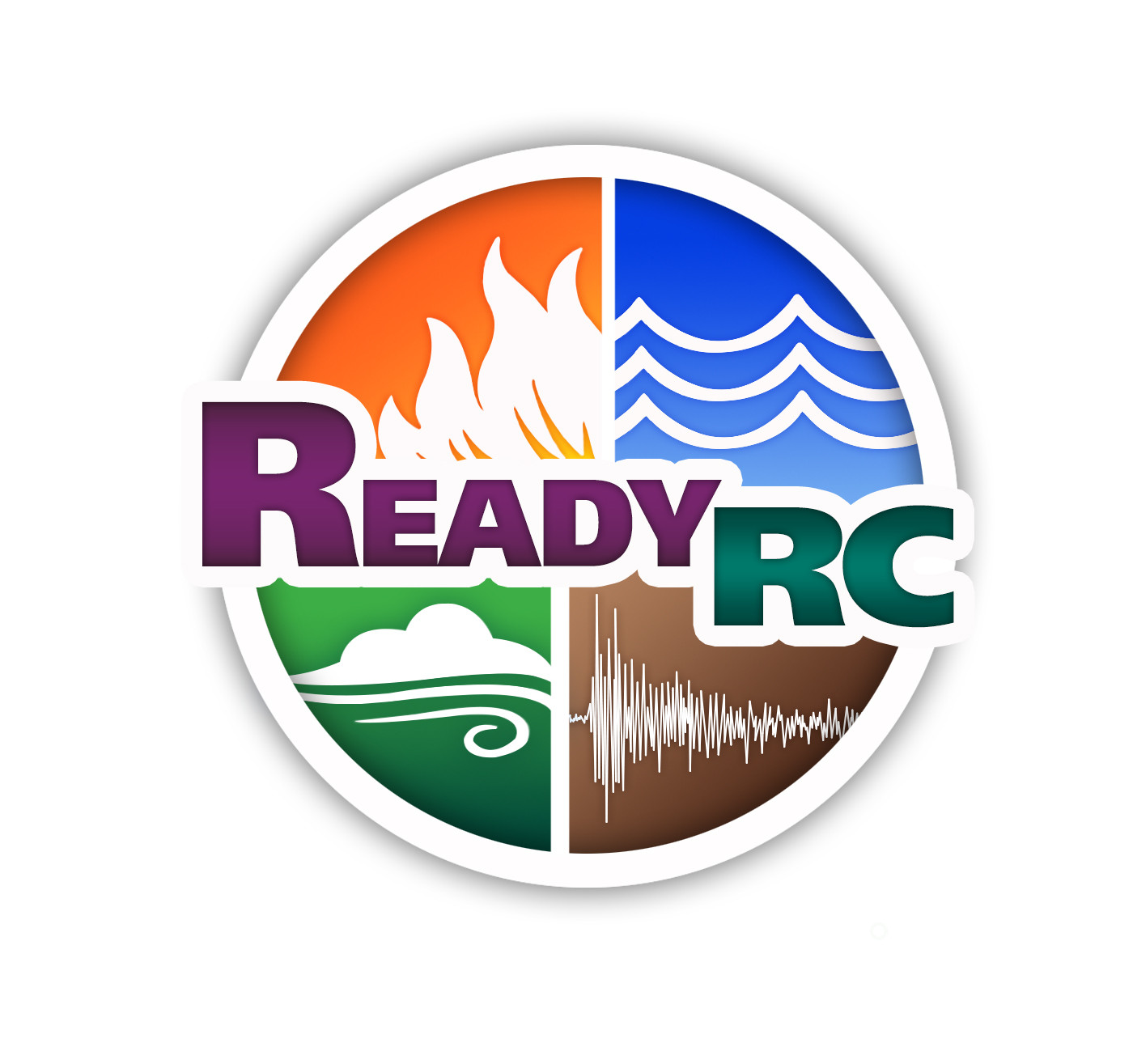When she’s not wearing her 80’s gear and rocking out as the lead singer of our city employee band, the Black Death Socks (BDS), Breanna Medina is the Emergency Management Coordinator for the city of Rancho Cucamonga, California. I asked Bree about her role and how she’s preparing our city to be a resilient community.
Q: You are a rock star in the Emergency Management (EM) field. How did you end up in this kind of public service?
I don’t know about rock star (unless you count BDS!), but I do feel very blessed to be able to perform something I love every day. Truthfully, in many ways my profession choose me…I was on a career path of public service for a different agency that wasn’t a good “fit”. Looking back I was lucky enough to get laid off and recalled to the Office of Emergency Services for our local County, with an eventual move to the City of Rancho Cucamonga. Emergency Management requires heavy organizational, communication and interpersonal skills and those are things I highly value – a perfect “fit”!
Q: What are some of the new EM initiatives you’re implementing in our city?
The City of Rancho Cucamonga is at risk from fire, flood, wind and earthquake and we are currently implementing a comprehensive preparedness campaign called ReadyRC that lets our residents and businesses know specific information for our community on what to do before, during and after an emergency. ReadyRC also includes our community training initiatives like Community Emergency Response Team (CERT) courses and our tailored Business Emergency Response Team (BERT) program, specifically geared to increase disaster resiliency in our business community.
Q: How important is technology in what you do?
Technology is becoming exponentially more important in the evolution of Emergency Management. From incident management software, to mass notification systems for alerting and warning to mobile technologies, the proper use of technology increases our chances of effectively reaching the community. Ultimately, the more we use technology the greater the chance of leveraging its use to increase disaster resiliency.
Q: What about GIS? What’s that doing for you?
GIS based technologies are an integral part of the continuing evolution of emergency management. The increased use of mapping for situational awareness increases coordination before an emergency for better response during an emergency. We use GIS for all of our planning functions and also as a very effective community engagement tool. This has allowed us a visual “face” for emergency planning that was previously lacking in many respects.
Q: Just about one year ago, we had a big fire here in Rancho Cucamonga, and social media really came into play during the emergency for the first time. What are the big take-aways on how social media can be used during an emergency?
Social media is a wonderful tool for many aspects of emergency response. Twitter Alerts and a Facebook Disaster Message board can offer very valuable information and services as related to larger scale emergencies. For smaller emergencies or jurisdictions, the use of sites like NextDoor and the monitoring of social media outlets for trends and information are very important to provide needed emergency services. Just as important is the need to have an internal system in place that allows for the vetting of crowd-sourced information for increased accuracy of the delivery of those services.
Lori Sassoon is part of the GovLoop Featured Blogger program, where we feature blog posts by government voices from all across the country (and world!). To see more Featured Blogger posts, click here.





Leave a Reply
You must be logged in to post a comment.